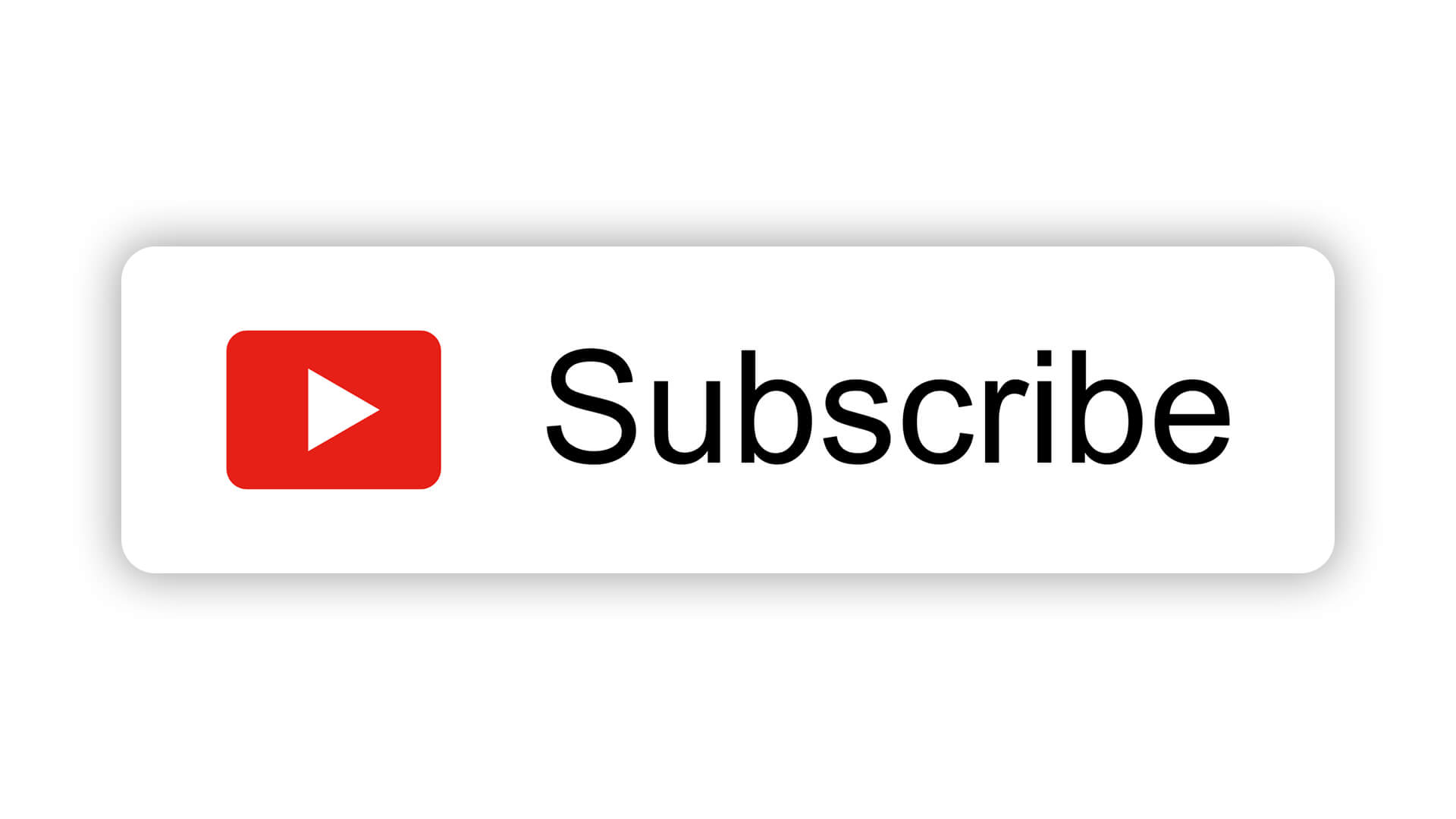English | Chinese (繁體中文)
The Role of This Tool in the First Phase of the Design Thinking method

In the phase of “Determining Major Changes and Challenges”, the goal is to understand the overarching changes and challenges relevant to the problem space. A Vision Statement serves as a guiding star in this process.
A Vision Statement is a clear, inspiring, future-oriented declaration of the organization’s purpose and aspirations. It sets the direction and defines what the team is aiming to achieve, addressing the major changes and challenges that have been identified. This statement helps ensure that all subsequent steps in the Design Thinking process are aligned towards a common, meaningful goal.
It embodies the human-centered approach of Design Thinking as it sets a direction based on human needs and aspirations. It ensures that the focus of the project remains on creating meaningful change and addressing real challenges faced by people.
Furthermore, creating a Vision Statement involves gathering deep insights about users, their needs, and their challenges, a key aspect of the human-centered approach. The Vision Statement then serves as a constant reminder of who the team is designing for and what they strive to achieve, ensuring that the human perspective is not lost.
The Procedure for Using This Design Thinking Tool
Step 1: Gather Information: Begin by understanding the current situation, the major changes, and the challenges. This might involve market research, user interviews, or reviewing existing data.
Step 2: Identify Core Purpose: Identify the core purpose of the project or initiative. What is the fundamental reason for its existence?
Step 3: Envision the Future: Think about what the ideal future looks like. What changes do you want to effect? How will you address the challenges?
Step 4: Create the Statement: Craft a statement that encapsulates your core purpose and envisioned future. It should be concise, clear, and inspiring.
Step 5: Share and Refine: Share the Vision Statement with the team and stakeholders, gather feedback, and refine it as needed. It should be a living document that evolves as the project progresses and more information becomes available.
The Worksheet of This Tool

Note: In order to enhance the efficiency and effectiveness of business innovation and digital transformation projects, we have joined forces with data and digital experts to launch Data-Driven Design Thinking Tools and Technologies. Details have been announced in the seminar of 「數據驅動的設計思維,更快更準實現創新成果」. If you need to revisit the seminar, please click on the following link: https://www.innoedge.com.hk/data-driven-design-thinking-2023







![[Class Recap] Empowering Your Creativity and Innovation Power](https://i0.wp.com/www.innoedge.com.hk/wp-content/uploads/2024/04/20240329_180728-scaled.jpg?resize=218%2C150&ssl=1)
![[Class Recap] Developing Sustainable Business Models through Systems Thinking](https://i0.wp.com/www.innoedge.com.hk/wp-content/uploads/2024/04/20240328_181754-scaled.jpg?resize=218%2C150&ssl=1)
![[Class Recap] Creating Wonderful User Experience through Customer Journey Design](https://i0.wp.com/www.innoedge.com.hk/wp-content/uploads/2024/04/20240328_131024-scaled.jpg?resize=218%2C150&ssl=1)










